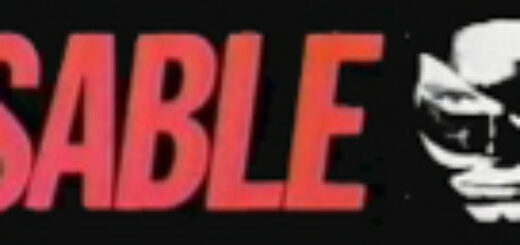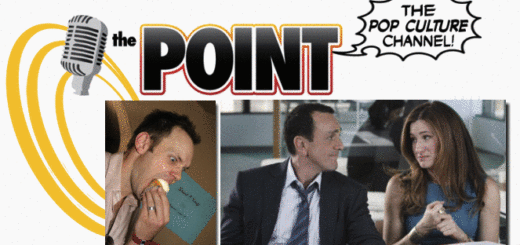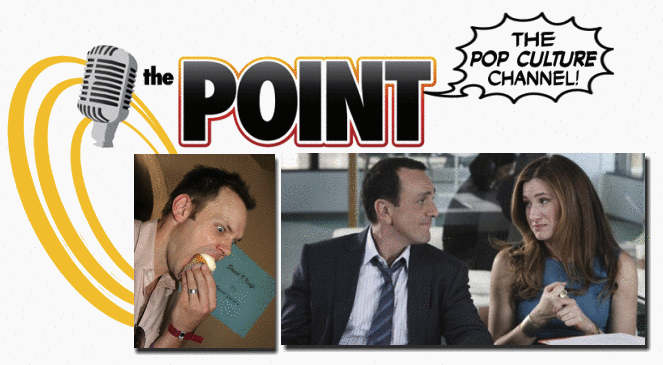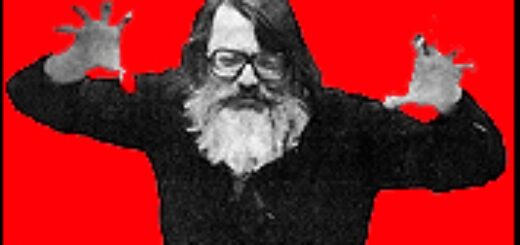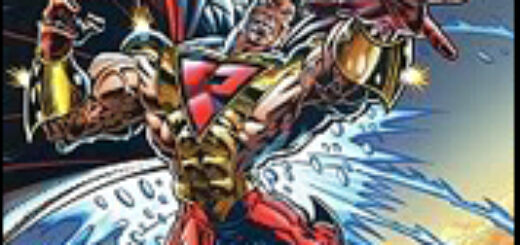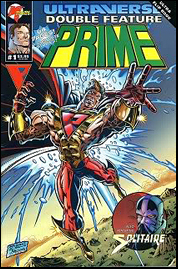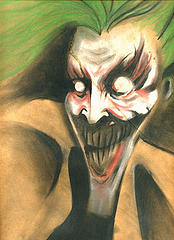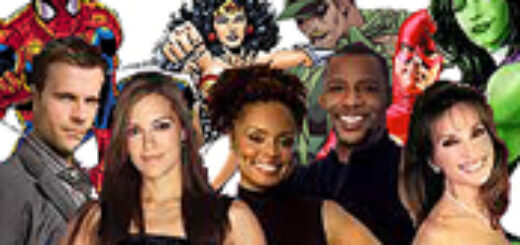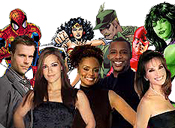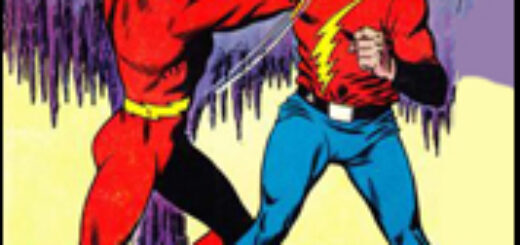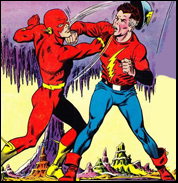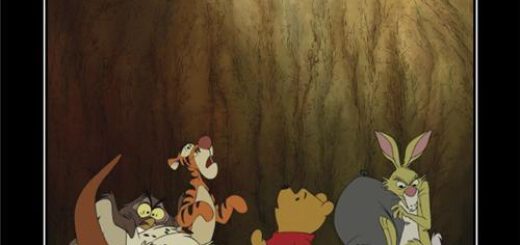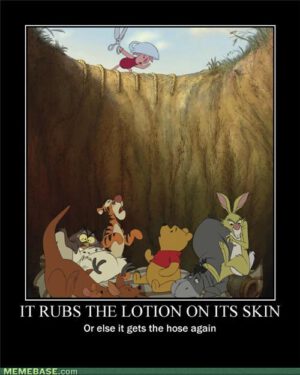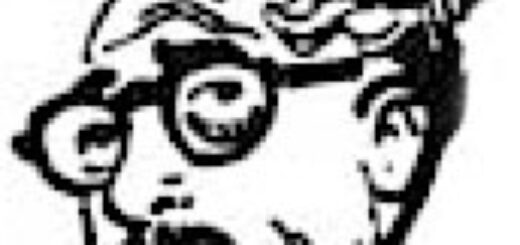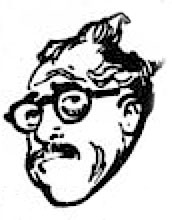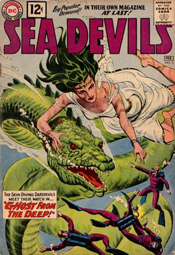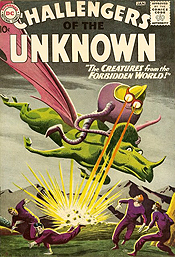MICHAEL DAVIS: Who To Blame… Part 1
 I’ve had a very interesting career in comics.
I’ve had a very interesting career in comics.
I’ve done some pretty interesting things in my career. Co-founded Milestone Media, created The Action Files, the only line of comics taught as a curriculum in the school system and created another universe, The Guardian Line, for African-American churches and Christian book stores.
When DC comics launched Piranha Press in 1987 I was the artist chosen to illustrate the first series for the line. The Black Panel, a comics and entertainment forum I started over a decade ago, is now in development as a TV show as is The Littlest Bitch (TLB) a book I co-wrote with David Quinn.
David and I first conceived TLB as a graphic novel on the New Jersey turnpike almost 20 years ago. We were driving home from The Kubert School where I was teaching a master illustration class and David was my guest speaker that day.
Speaking of TV, Static Shock, based on the character I co-created, can still be seen on a Disney channel, which cracks me up because Disney turned it down quick, fast and in a hurry when we pitched it there 10 years ago.
I’ve done some other pretty note worthy things (I think) in comics but I’m most proud of my mentor program. Some of the biggest names in comics have come through my program. I won’t bore you with the names but I will say that because of my self-funded mentor program I have four city proclamations and a school auditorium named in my honor.
I’ve also managed to carve out a bad boy type of reputation in the industry. That reputation has many origins, depending on whom you get the story from but that story is for another time. I will tell you this: when it comes to getting that bad boy rep, I have no one to blame but myself.
I don’t tell you some of what I’ve accomplished in comics to impress you but rather to impress upon you that is there is plenty of blame and help to go around and there lies within a tale, which just may help someone who’s trying to break in now. Sooo…
In 1987 I was offered and was right about to accept a position overseeing the art department at a very prestigious prep school. This was a dream job. They were going to pay me a fat salary, give me an on-campus apartment as part of my compensation package and all my meals were free. The only thing I had to pay for was my phone bill as there was also a clothing stipend.
That was a dream job, so why didn’t I take it? Those of you who hate me are thinking ‘Oh why, oh why, did that loud mouth mofo not take that job?’
In fact, I was going to take it. I had started packing my bags when Denys Cowan talked me into going to the Mid-Ohio con with him. As fate would have it I went to the Mid-Ohio Con to attend a very small but very cool comics convention.
It was clear when we got there, Denys knew everyone and everyone knew Denys. I did not know a soul there. Denys would often leave me alone to go and talk to some one, which left me to wander aimlessly around the convention. It was during one of these aimless walks that I met John Ostrander.
Wait a sec-before I go on I should let you know that I was (still am) a comic’s geek. Although I had a very good career going as an illustrator it was my dream to somehow work in comics.
John and I hit it off very well and before I knew it he was inviting me to Mike Grell’s room to watch the Sable pilot. I thought I had died and gone to Comic Book Heaven. I adored Mike Grell’s work. At the time he was my favorite artist on the planet! Later when Denys arrived I causally mention that I was going to Mike Grell’s room to watch the premier of his new TV show.
The look on Denys’ face was priceless. It said “how the hell did you manage that?” We still had some time (I told Denys he could come as my guest; you should have seen that look) so we decided to browse the convention floor.
If you know me, you are well aware I talk to everyone. I mean everyone. I’m just wired that way. Standing at an artist’s table looking at their work without uttering a sound is just freakin crazy to me.
Little did I know the two guys I was now chatting with would go on to change the industry in a huge way!
End of part 1.
WEDNESDAY: Mike Gold

